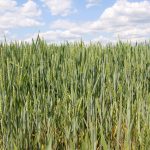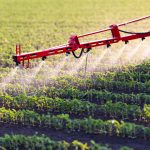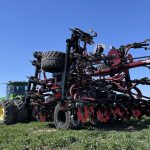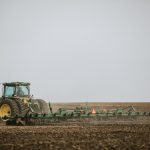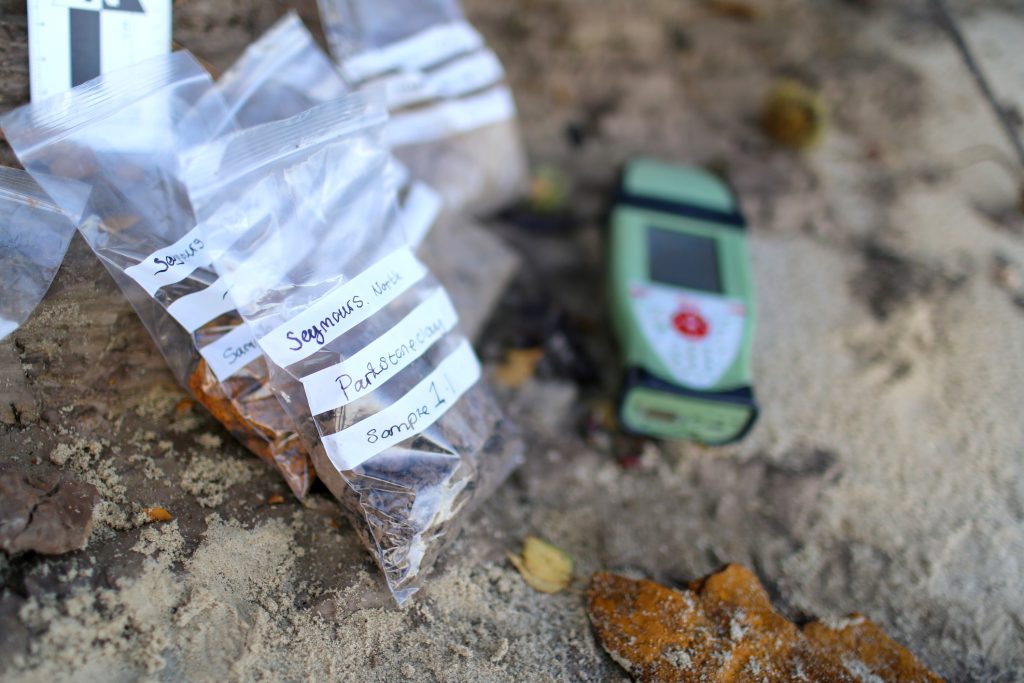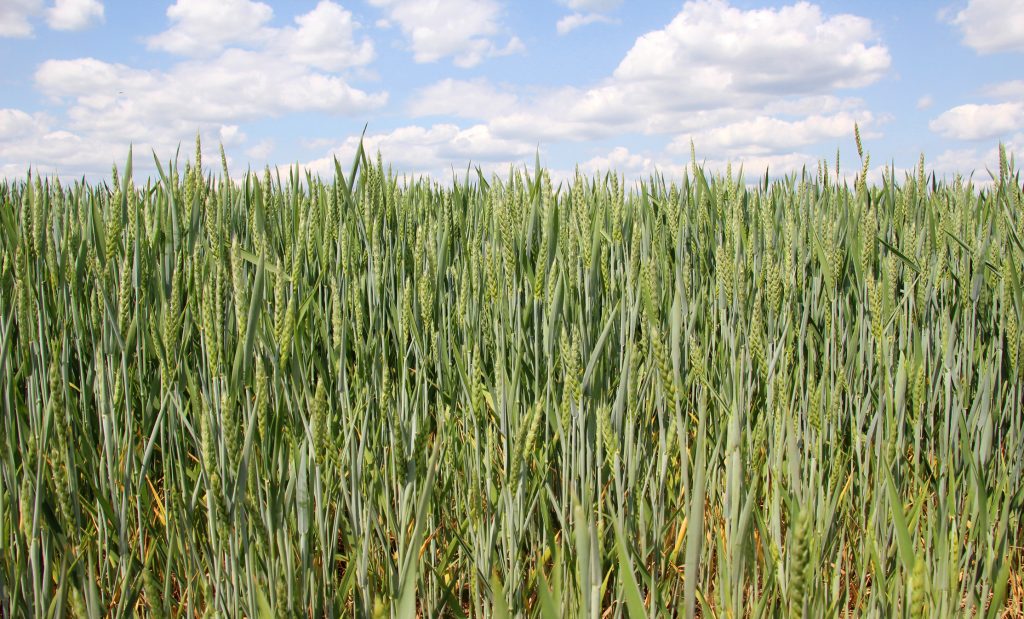Across the Midwest, Great Plains and Great Lakes regions and into the southern US states, the arrival of March means that planting season is imminent – but an increasingly unpredictable climate means farmers are having to rely more on intuition and less on tradition when it comes to deciding the right time for planting.
So what are the right conditions for planting America’s commonly grown crops – and how risky is it to start planting earlier than usual?
In this blog, we’ll look at the ideal conditions for planting major crops like corn, soy, wheat, cotton and peanuts – when to plant depending on your region, the risks of planting crops early, and which soil conditions are needed to get seeds off to a flying start.
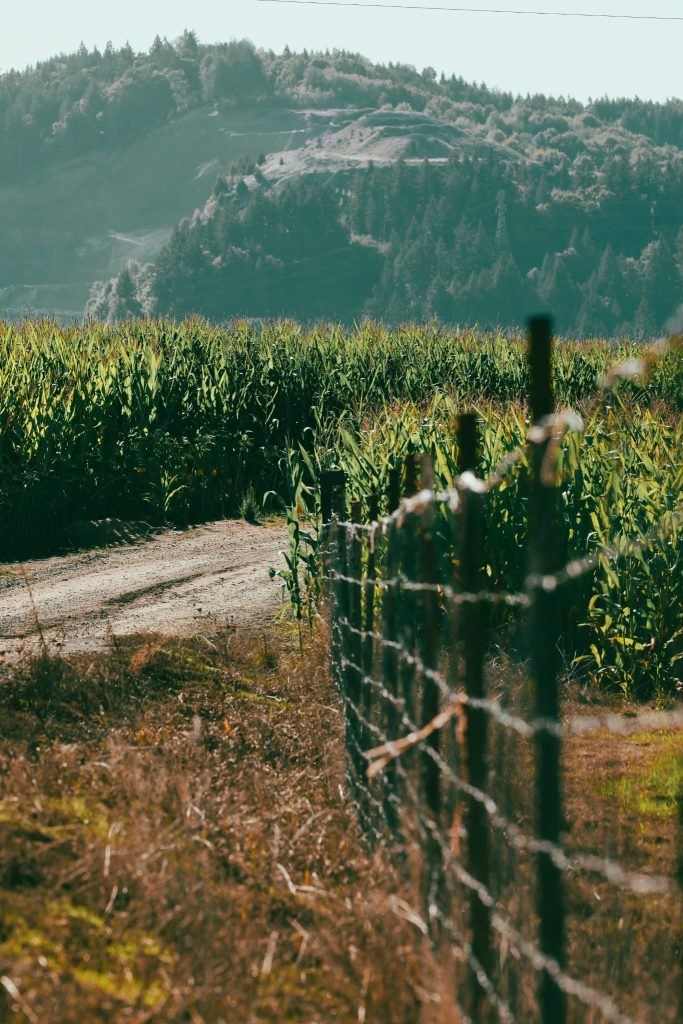
Corn
Where does corn grow best?
Corn thrives in warm, temperate climates and grows best in the famous ‘corn belt’ states – roughly covering Indiana, Illinois, Iowa, Missouri, eastern Nebraska and eastern Kansas – but it’s grown a lot more widely than this, ie. the Delta States.
What soil conditions does corn prefer?
Corn is a hungry crop and prefers a loamy, well-drained soil that is rich in organic matter. pH between 6.0 and 6.8 is ideal. If your soil lacks organic matter or is compacted, it’s advisable to deploy tools for residue incorporation and soil aeration to maximize the seed’s chances of germinating successfully. Consider cover crops in the off season to replenish nitrogen and prevent soil erosion.
Sandier soils can be planted earlier than heavier soils because they dry out quicker and therefore warm up faster in spring; however sandy soils also experience wider temperature fluctuations which can impact growth.
When should corn be planted?
In the Midwest, Great Plains and Lakes regions, corn planting typically begins in late April to early May once soil temperatures reach a minimum of 50°F at 2 inches deep. Further south, corn planting often begins earlier.
If the soil temperature is lower than 50°F, seeds cannot germinate and root development cannot take place. The longer an ungerminated seed is exposed to cold temperatures, the greater the risk of chilling injury to the seed which can result in deterioration and subsequent weakness in the emerging seedling, making it more vulnerable to pests and disease.
What are the risks of planting corn early?
The biggest risk of planting corn early is that the young plants are very vulnerable to frost, so even during a warmer than usual spring, it’s advisable to wait until the risk of frost has passed before planting.
It’s also advisable to plant on a day with a warming trend in the 3-5 day forecast and no rain for 24 hours after planting – this is because when a dry seed absorbs cold water, it can injure the seed, causing the same sort of problems you’ll typically see if the soil conditions are too cold.
Even when the risk of frost has passed and average soil temperatures are optimal, beware of planting corn when there are wide swings in the soil temperature overall. Corn seedlings germinate more consistently and grow strongly when the soil temperature remains stable – large fluctuations can cause seed failure and stunted growth leading to uneven crop stands, which is the biggest predicating factor of lower yields at harvest.
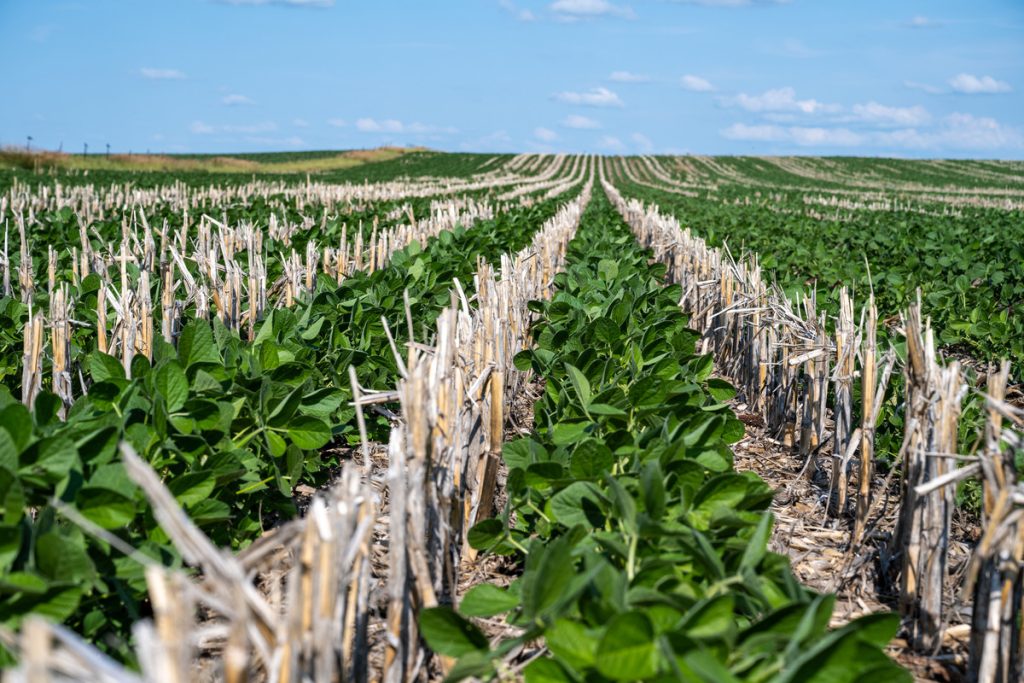
Soybeans
Where do soybeans grow best?
Soybeans grow well in the same sort of conditions as corn, and the bulk of the US soybean crop is grown in the same Midwestern states where warm soil temperatures and moderate rainfall promote successful growth of this important legume.
What soil conditions do soybeans prefer?
Soybeans prefer well-drained, fertile loamy soils with an ideal pH of 6.3 to 6.8. They need slightly warmer soil temperatures than corn and should be planted when the soil reaches a minimum of 55°F, typically a few weeks after corn.
As a legume, soybeans are nitrogen fixing and therefore are often grown in a rotation with corn, which benefits from the soil-enhancing properties of a soybean crop.
Soybean seedlings will struggle to compete with weeds for light, nutrients and water, especially once the young plants being to increase in size. Research suggests that competition from weeds when plants are small can have a big impact on crop yields later on, because the young plants put resources into growing tall in order to reach the light, rather than forming nodes. You can explore tools for mechanical weed management here.
When should soybeans be planted?
In more northerly regions, soybeans are typically planted a few weeks after corn in May or early June, once the soil temperature is consistently holding at 55°F or higher.
However, research shows that treated soybean seed can be sown earlier with less risk of seed injury due to cold – and that earlier sowing can have a positive effect on eventual crop yields. It’s thought that when soybeans are planted earlier, the period between planting and flowering is significantly extended – and this gives the plant a bigger window for vegetative growth and the development of nodes, which eventually become pods, leading to a greater crop yield even when factors such as emergence rate and stand uniformity stay the same.
What are the risks of planting soybeans early?
Like corn, soybean crops are vulnerable to the effects of cold and particularly frost, which can affect the seeds – which may germinate unevenly or not at all – and also the young plant, which can be stunted or even killed off by spells of cold weather.
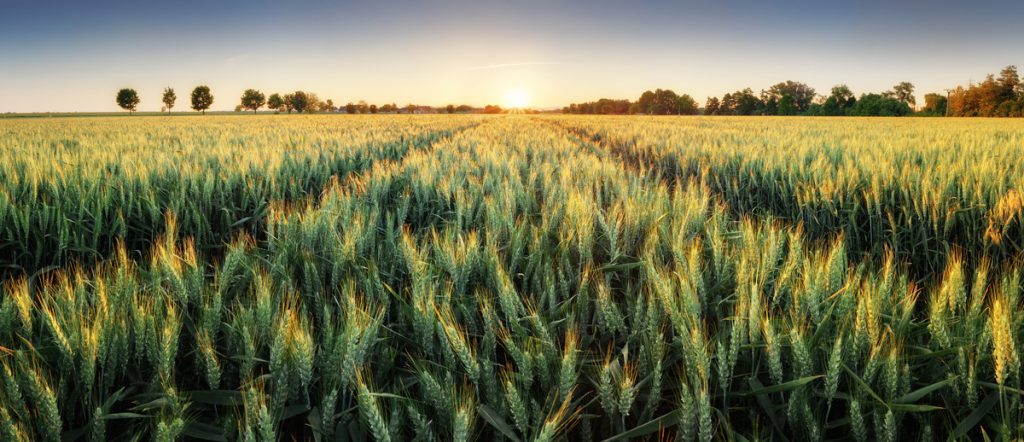
Spring Wheat
Where does spring wheat grow best?
Wheat is a cool weather crop that is most often sown in the US during the fall and harvested in the late spring or early summer of the following year. Spring wheat is sown in the spring and harvested in the fall, and as a result it is typically only grown at higher latitudes where summer temperatures are lower – primarily in North Dakota, Minnesota and Montana.
What soil conditions are needed for spring wheat?
Wheat adapts well to a wide range of soils but thrives best in loamy, fertile soils with good drainage – it doesn’t like wet conditions. Heavier and compacted soils will benefit from light tillage to promote soil aeration prior to planting.
When should spring wheat be planted?
Spring wheat benefits from sowing as early as possible, once soil temperatures are holding around 35°F and the 30-day forecast shows air temperatures consistently above freezing. In spring wheat states, this typically occurs in early April. Planting after mid-May is not advised unless average temperatures are significantly lower than usual.
Can you plant spring wheat too early?
Wheat is known as a tough crop because it keeps its growing point below the soil during early spring, which means it’s generally protected against frost until the plant is well-established. Therefore, farmers aim to get spring wheat in the ground as early as possible once the soil has become workable. The risk of an early spring is that the window for the earliest possible planting will be missed, especially if an early spring is followed by a warmer than average summer.
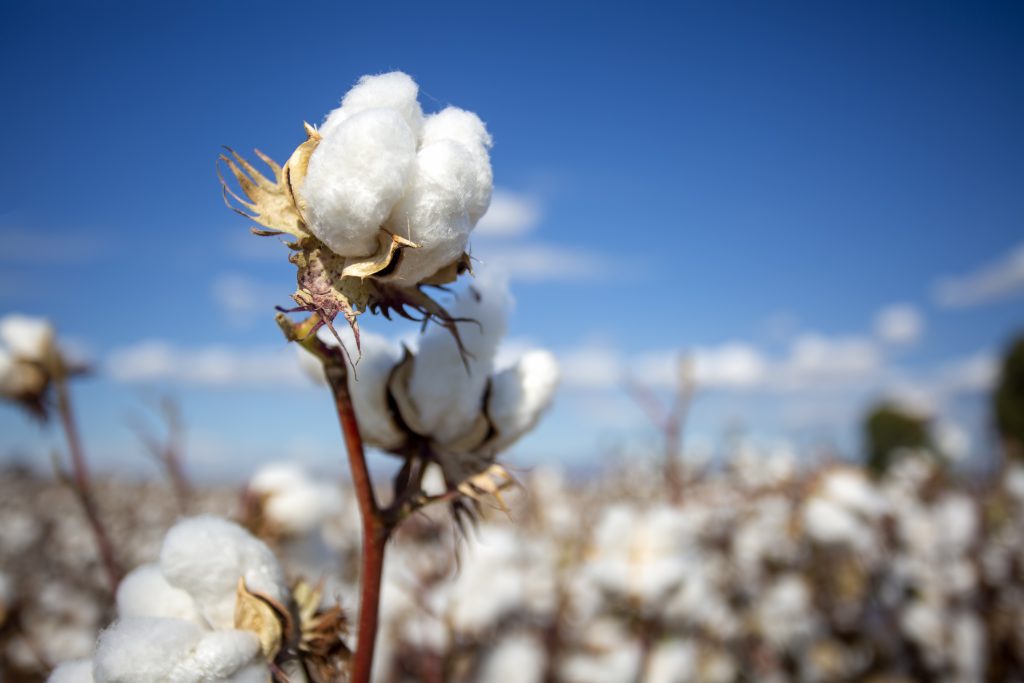
Image: https://drive.google.com/file/d/1vrLekN6Z5Pi2UZ2t4aOTUQOp_2T0po7G/view?usp=drive_link
Cotton
Where does cotton grow best?
Cotton requires a long, hot growing season and therefore is predominantly grown in the southern US, with Texas being the single largest producer, followed by Georgia, Mississippi and Arkansas.
What soil conditions does cotton require?
Cotton prefers a nutrient-rich soil that is well-aerated and free draining with a pH between 5.8 and 8.4 ideally. It is drought tolerant, but will benefit from irrigation during very dry spells. Heavy and waterlogged soils are not ideal for growing cotton.
Young cotton plants lack competitiveness and therefore it’s important to plant into a weed-free environment, and eliminate emerging weeds that might out-compete the crop until the plants are well-established. Check out tools for weed management here.
When is cotton usually planted?
The timing of cotton planting is important for rapid, uniform emergence of the young plants. This offers protection against common pests, such as thrips, and ensures the whole crop hits the various stages of cotton growth – squaring, flowering and open boll – at the same time.
Cotton should not be planted before soil temperatures hit a minimum of 60°F. The subsequent development of the plant is typically measured in heat units called DD60s – the amount of time the crop is exposed to 60-degree heat – instead of days. Calculating heat units allows for the accurate prediction of how quickly a crop will develop and for this reason, it’s important to monitor overnight low temperatures as well as daytime highs. As a rule of thumb, it takes around 50-60 heat units for a seed to emerge as a seedling, and ideally that plant would accumulate 6-10 units per day in the first week to get off to a good start. Learn more here.
What are the risks of planting too early?
Cotton plants are notoriously susceptible to adverse environmental conditions, so encouraging uniform emergence and rapid early season growth is not only critical to establishing a uniform stand, but also builds resilience to other stressors like pests, weeds and drought.
If cotton is planted too early and then exposed to colder soil temperatures (or cold water from rainfall) during the critical germination period, chilling injuries to the seeds can prevent germination altogether, or lead to poor root formation that will likely affect the vigor of that plant throughout its life cycle. Weak and slow-growing plants are more susceptible to insect damage and other diseases, and will reach maturity later than the healthy plants in the stand, leading to delays and inevitable losses at harvest.
Therefore it’s advisable to delay cotton planting until:
- Soil temperature at 4-inch depth is 65° F or greater at 8am for at least three consecutive days.
- The five-day outlook forecasts dry weather and a minimum of 26 DD60s.
- Low temperatures are forecast to remain above 50°Ffor the following five days
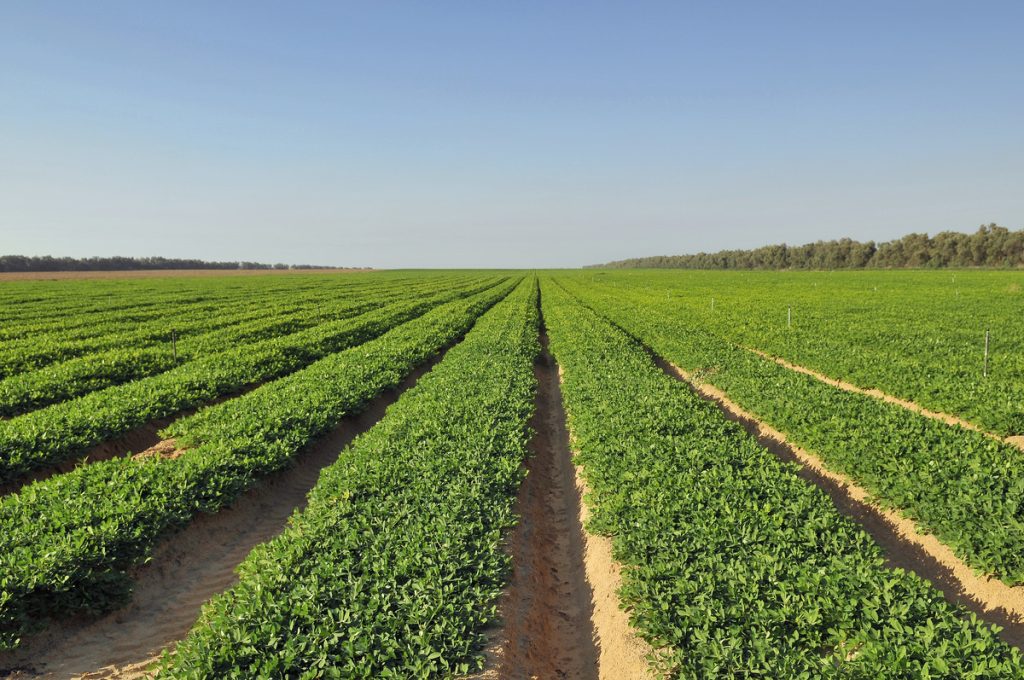
Peanuts
Where are peanuts typically grown in the US?
Like cotton, peanuts need a warm climate to grow well and in the US, the majority of peanuts are grown in six states – Georgia, Florida, Alabama, North Carolina, South Carolina and Texas.
What soil conditions do peanuts need?
Peanuts are a groundnut and therefore they prefer sandy, well-drained soils with a loose structure that allows the pods to develop easily underground. They are a legume, fixing their own nitrogen and therefore requiring less organic matter in the soil than other crops. A soil pH of 5.9 to 7 is ideal for peanut growing.
When should peanuts be planted?
Peanuts like a warm climate and planting should be delayed until after the risk of frost has passed, when soil temperatures are holding at a minimum of 65°F. In southern states, this is usually in later April or early May, but can sometimes be earlier.
Are there risks to planting peanuts too early?
The risk of planting peanuts too early is similar to other crops – germination cannot occur if the soil temperature is lower than 65°F and if seeds are exposed to cold, damp conditions while waiting for the soil to warm up, chilling injuries can occur that affect emergence and growth rates in the young crop.
It’s important to note that planting too late can also hamper peanut growth due to rising temperatures. If the soil gets too dry, seedlings won’t emerge – but irrigating the soil with cold water can cause damage to the seeds. Warmer conditions combined with immature plants also increases the risk of late peanut plantings being affected by fungal diseases like southern blight. Explore our range of peanut blades here.
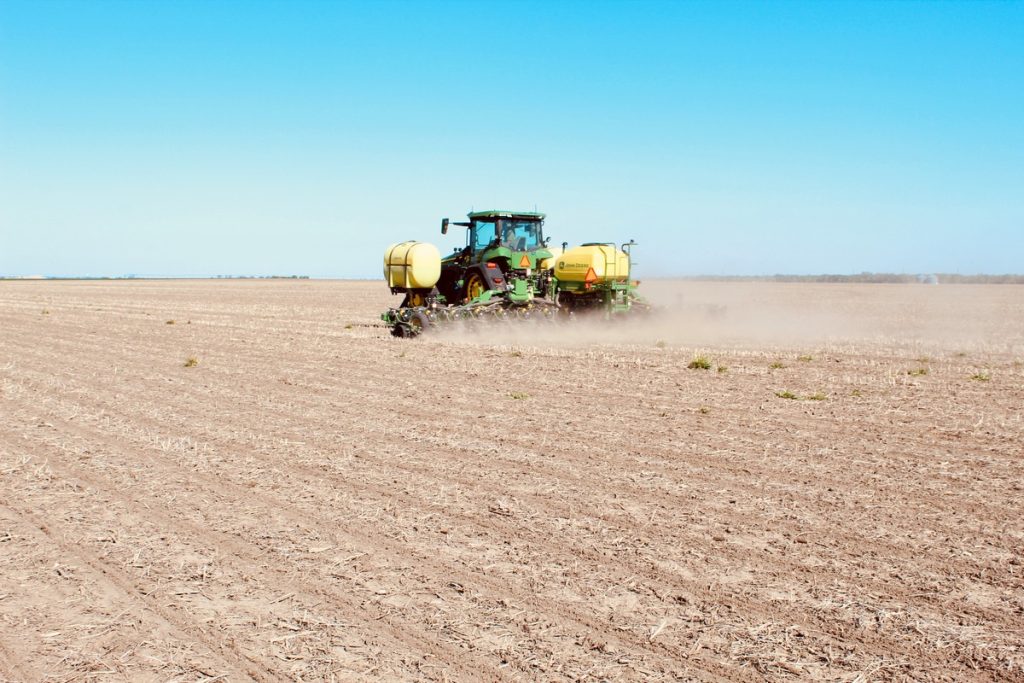
Before you plant
Of course, understanding the right conditions and timings for planting a specific crop is just part of the preparation for spring planting. Many other factors can impact on emerging seedlings including soil compaction and seed placement.
At Wearparts, we provide a range of tillage and planting implements designed to give farmers maximum control over their planting processes in both no-till and conventional tillage systems, including advanced seed opener and gauge wheel technology for precision planting and reduced downtime. To find out more, get in touch!


